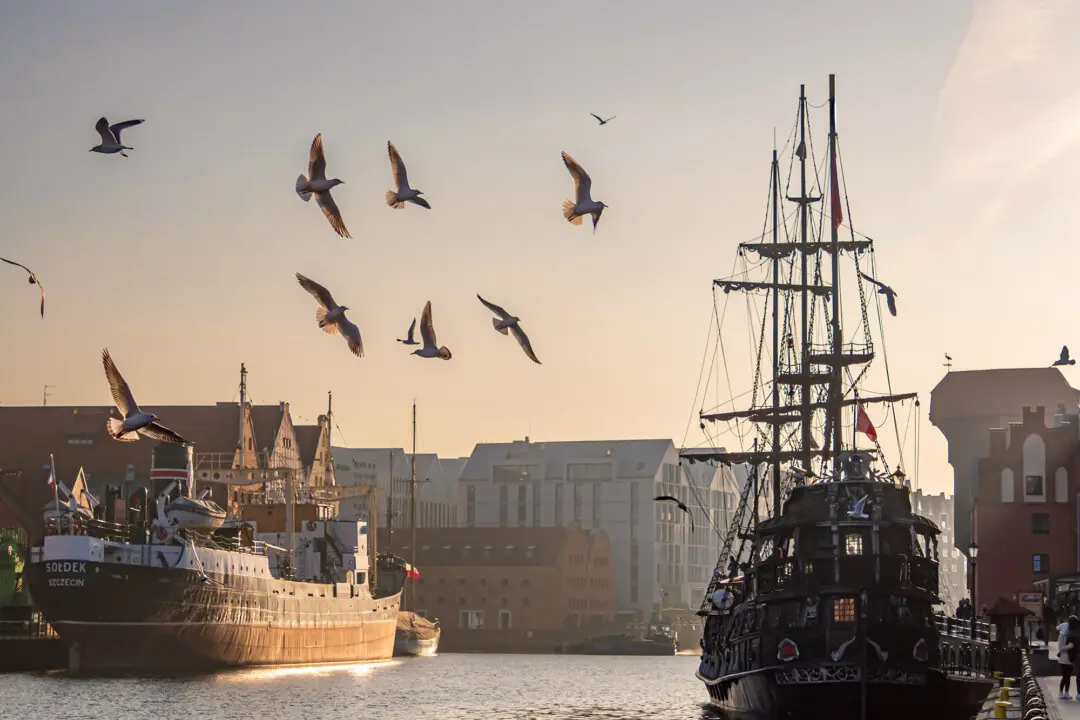It’s a castle that almost nobody visits—at least, very few of the thousands who gather to sunbathe on the sandy beaches a few miles down the road. And on this relatively cool, cloudy day, I had the place all to myself. The Castelo de Loulé has a long history, set as it is on a strategic site that’s been occupied since the second century when the Romans built a military fortification here.
Successive empires passed through, adding their own touches and building and rebuilding the walls and towers, which have been protected as a national historic landmark since 1924. This pile of stone sits in the center of a town of the same name, with battlements right out of a nursery rhyme rising next to shops and restaurants. Walking atop the walls, I could see all the way to the sea, shimmering below me on the horizon.





